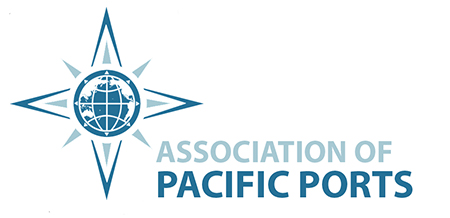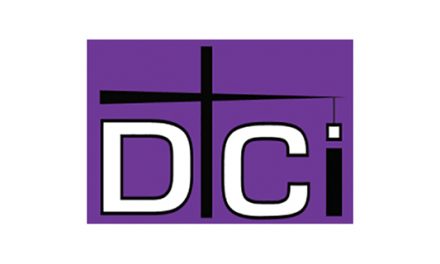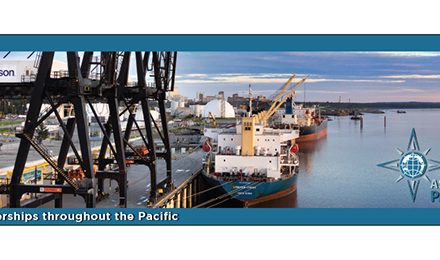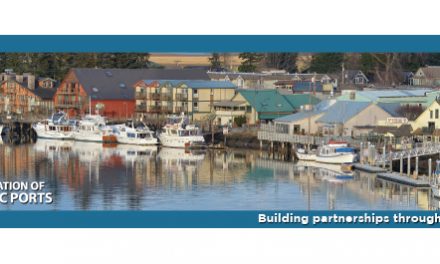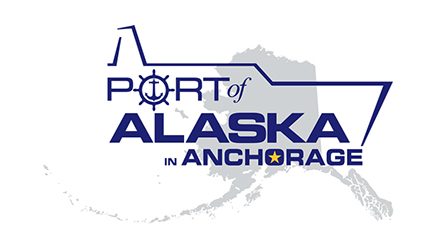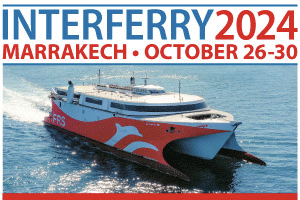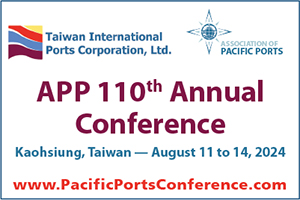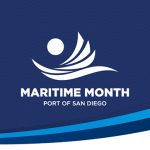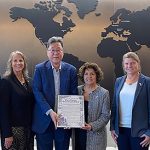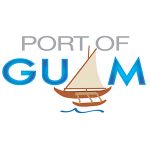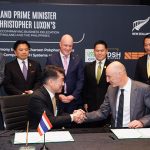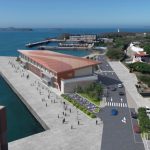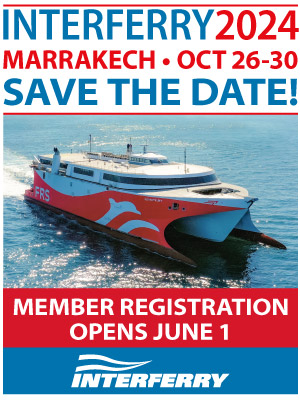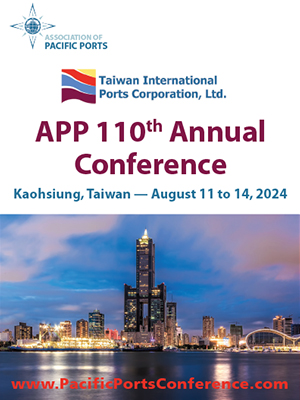April 9, 2024 — Diversifying its customer base to bring different types of cargo to the Newport International Terminal (NIT) continues to be a priority at the Port of Newport. News of a $3.4 million grant awarded by the U.S. Department of Transportation’s Maritime Administration (MARAD) has increased local conversation about the terminal and its use. Port Executive Director Paula Miranda sat down recently to provide more detail about the facility and its potential new customers.
“It is important to start by saying that the terminal was built with the intent of being a multi-use facility,” Miranda said. “We currently have fishermen using it, we have worked with some of the vessels servicing the wave energy sector, and we expect to have even more in the future from wave energy.”
Additionally, port officials say they are in talks with potential new customers from the forest industry, which the executive director explains is a good fit, considering the depth of the channel leading up to the terminal.
“We don’t have very deep waters. The U.S. Army Corps of Engineers (USACE) keeps our channel dredged to maintain a 30-foot depth since we are part of what is known as the M-5 marine highway. By state and federal permit, we are allowed to maintain NIT’s berths and a turning area to a 40-foot depth. This all means we can only accommodate smaller ships and barges, which makes those who want to move logs through the terminal a good option.”
Specifics on the number and schedule of vessels and trucks are impossible to estimate at this time, Miranda said, because there are no committed customers yet. In the event the number of trucks would be enough to trigger additional traffic analysis and further transportation requirements from the City of Newport, the port will abide by those requirements.
“At this point, we don’t know if we will have one company or two companies or more. Maybe we will have periods with regular cargo movement and other periods when that part of the business is idle. We don’t have enough information yet to make reasonable estimates,” she noted.
What officials do know is that the only way to attract business is to have the equipment and space available. That is why the Port Commission approved both the application and the financial match for the MARAD grant.
“We will be leveling and putting gravel down on nine acres of land at the terminal, as well as putting up some fencing, and purchasing two log loaders,” the executive director said.
In response to questions about whether the property is wetlands, Miranda offered assurances that the Port has been notified in writing by the Oregon Department of State Lands and the USACE that the property is not considered wetlands.
With questions about paving, Miranda speculated that people may be confused with the work happening on the neighboring Rondys property, which is a private development that has gone through proper permitting. At this time, the Port will only be putting gravel down on the acreage that will be used as laydown space for future customers.
“I really want to help people understand that the Port must follow every rule and every law from the city, county, state, and federal governments. We go through extensive permitting processes on all of our projects and, in the case of a federal grant, we must do an environmental assessment as required by NEPA (National Environmental Protection Act) so we would not be given these grant dollars if this work wasn’t scrutinized and approved,” she said.
Some area residents may recall similar discussions of log handling at the terminal ten years ago. At that time, a private company was interested in leasing a significant amount of property from the Port for log movement. After a lengthy period of consideration, the Port Commission decided against that particular project.
Port management has continued to look for ways to fully utilize the multi-use terminal, which was discussed at public Port Commission meetings and ultimately authorized by the commission.
“This is a heavy industrial site that has always been intended to be developed further,” Miranda explained.
Local discussion has also raised concerns about foreign vessels coming into the harbor and bringing ballast water that could contaminate the water.
“There are state requirements through the Department of Environmental Quality for every vessel that comes in, including fishing vessels. Those requirements address how far away they must be to release those waters. The port is not the proper agency to address that issue,” the director said.
